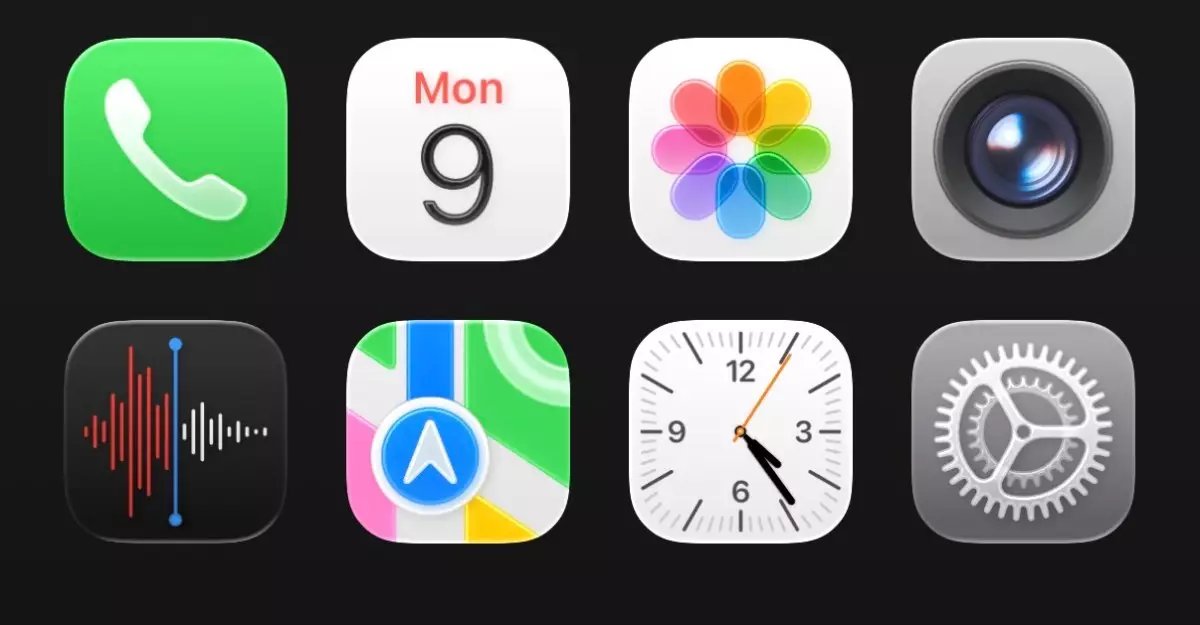The unveiling of Apple’s Liquid Glass design language during WWDC 2025 has stirred a whirlwind of opinions. Initially perceived as a curious departure from traditional design preferences, the new visual style seems poised to carve its own niche in the vast landscape of user interface aesthetics. The concept of incorporating a liquid, glass-like translucency into app icons, text magnifiers, and user interactions is undeniably ambitious and ambitious designs often cultivate a mix of skepticism and intrigue. When that innovative vision is presented on an iPhone, one finds actual beauty juxtaposed against significant usability challenges—this makes exploration all the more essential.
A First Impressions Rollercoaster
Upon engaging with the iOS 26 developer beta, it quickly became apparent that the aesthetic isn’t just about layering visuals; it fundamentally alters how users connect with their devices. Initially, the glaringly shiny surfaces felt overwhelming. There’s a jarring quality in the first encounter; it competes with what users have come to recognize as familiar touches of Apple’s design ethos. The clever translucency that supposedly enhances individual components instead threatens to compromise clarity. In a world where ease of access is paramount, the balancing act between visual flair and functional practicality must be fine-tuned.
A prime example of this dissonance is Apple’s approach to the Control Center, which currently appears cluttered under the weight of Liquid Glass. The transparency that’s meant to provide a cohesive, harmonious experience detracts from the intuitive accessibility users expect. Morton’s Law often applies here: while innovative, experimenting with brilliance may lead to loss of clarity, which will undoubtedly cause frustration when attempting to navigate essential features.
Detailing Delight and Frustration
Upon closer examination, the intricacies of the changes reveal a mix of charm and discontent. There’s a compelling fluidity to elements like the tab bar in the Clock app, where animations mimic droplets cascading across the screen. This element adds charm, hinting at the meticulous attention Apple is known for. Yet, it’s impossible to overlook the consequential trade-off: the once smooth taps now feel convoluted, potentially leading to user missteps in everyday tasks.
Moreover, as I explored the updated keyboard and settings layout, a paradox emerged—while aesthetically pleasing, the apparent spaciousness quickly evolves into an annoying downtime, particularly when users are trying to navigate speedily through various applications. Simple tasks can transform into a frustrating ordeal when interactivity feels diluted by expansive design choices. Navigating the updated Settings app, one can easily lose track of essential configurations due to excessive spacing that disrupts cognitive rhythm.
The Future of Liquid Glass
Despite initial misgivings, glimpses of potential shine through. After careful exploration, I’ve started appreciating the Liquid Glass design’s allure, as it lends a new dimension to ordinary interactions. Apple is notorious for its commitment to consistency; therefore, what seems like a haphazard implementation today may evolve into a well-oiled machine by the time of the official launch. Positive sentiments around the new texture suggest that this could redefine user experience moving forward, provided adjustments are made to rectify the current miscalculations.
The transient nature of innovation often mirrors societal dynamics. Ideas evolve; feedback molds them. Apple thrives on feedback, so it’s reasonable to expect meaningful iterations before the final rollout. As it stands, we’re at an exciting crossroads where expectations blur the lines between the present and future of mobile technology. For users who value evolution, engaging with elements of the Liquid Glass design will be an exhilarating journey—to dislike or to love will continuously morph into passion or skepticism as we collectively question how the landscape of usability will change under the weight of innovation-infused responsibility.

